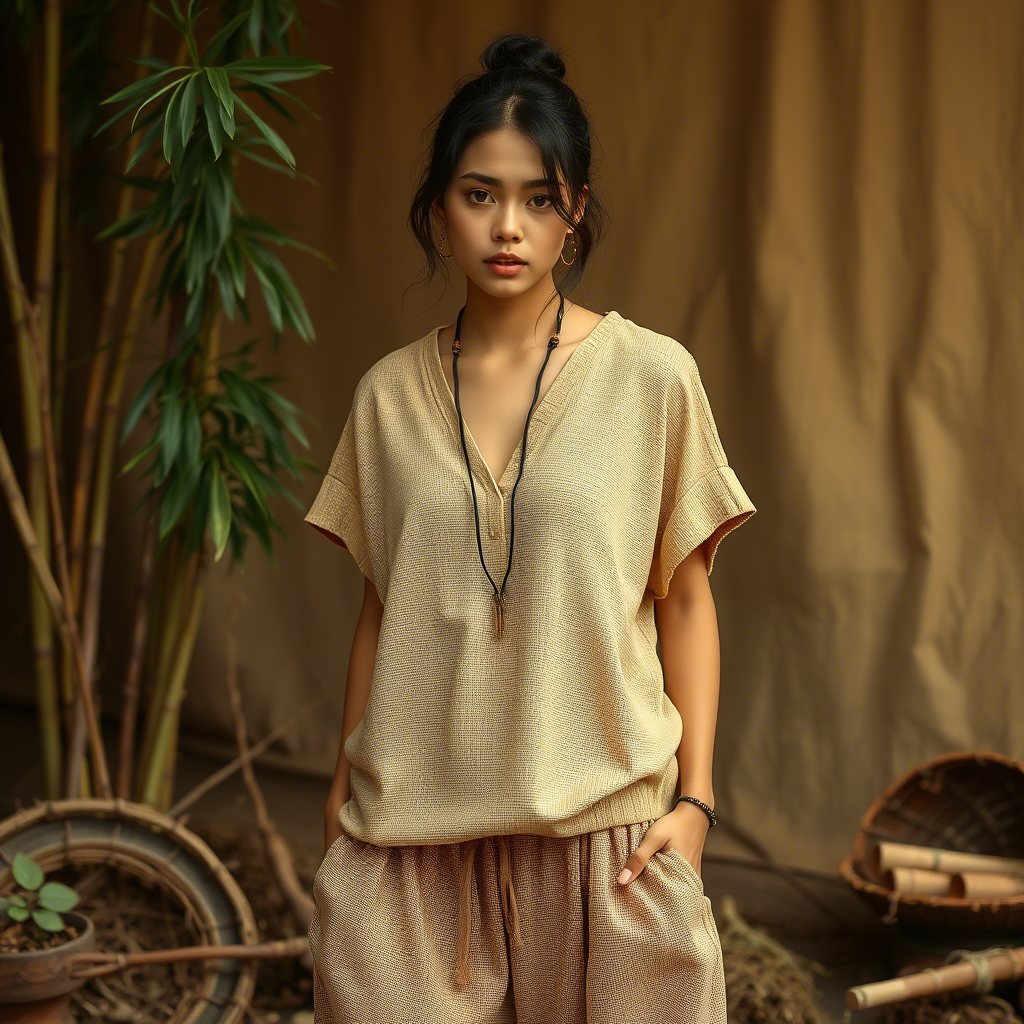Organic Cotton Clothes Vs Bamboo Clothes: A Sustainable Fashion Dilemma
The fashion industry is one of the largest polluters in the world, with the production, distribution, and disposal of clothing having a significant impact on the environment. As consumers become increasingly aware of the environmental and social implications of their purchasing decisions, the demand for sustainable clothing options is on the rise. Two popular eco-friendly alternatives to traditional clothing are organic cotton and bamboo fabrics. In this article, we will explore the differences between organic cotton clothes and bamboo clothes, examining their environmental impact, comfort, durability, and style.
Environmental Impact
The production of clothing has a substantial environmental footprint, with factors such as water usage, pesticide application, and waste generation contributing to its overall impact.
- Organic cotton is grown without the use of toxic pesticides or synthetic fertilizers, reducing the environmental harm associated with conventional cotton farming. According to the Organic Cotton Market Report, organic cotton farming uses 71% less water and 62% less energy than conventional cotton farming.
- Bamboo, on the other hand, is a highly renewable resource that requires minimal water and pesticides to grow. Bamboo can be harvested in as little as three to five years, compared to traditional wood pulp, which can take decades to mature.

- A study by the Environmental Protection Agency (EPA) found that bamboo production generates significantly less greenhouse gas emissions than conventional cotton production.
Comfort and Durability
When it comes to choosing between organic cotton and bamboo clothes, comfort and durability are key considerations.
- Organic cotton is known for its breathability and softness, making it a popular choice for clothing that requires comfort against the skin. For example, a boys’ coat made from organic cotton can be both stylish and comfortable.
- Bamboo fabric is also renowned for its softness and breathability, with some studies suggesting it is even more comfortable than organic cotton. The natural temperature regulation properties of bamboo fabric make it suitable for a wide range of climates.
- In terms of durability, both organic cotton and bamboo fabrics can be long-lasting if properly cared for. However, bamboo fabric tends to be more resistant to wrinkles and shrinkage.
Style and Versatility
Sustainable fashion is not just about functionality; it’s also about style and versatility.
- Organic cotton clothes come in a wide range of styles, from casual wear to formal attire. The natural look and feel of organic cotton make it a versatile choice for various fashion needs.

- Bamboo fabric, with its drape and texture, is particularly suited to clothing that requires flow and movement, such as dresses and tops. The earthy tone of bamboo fabric also lends itself to a more natural, effortless style. For those looking for stylish and sustainable options, consider exploring sustainable clothing brands that incorporate bamboo into their designs.

- Both organic cotton and bamboo fabrics can be dyed and printed, allowing for a wide range of colors and patterns.
Production Process
The production process of clothing can have a significant impact on its overall sustainability.
- Organic cotton production involves fewer chemicals and more environmentally friendly practices than conventional cotton. However, the processing of organic cotton into fabric can still involve significant energy and water usage.
- Bamboo fabric production, on the other hand, often involves a mechanical process that breaks down the bamboo into a pulp, which is then spun into yarn. This process can be more energy-intensive than organic cotton production.
Cost and Accessibility
The cost of sustainable clothing is often a barrier to adoption for many consumers.
- Organic cotton clothes tend to be more expensive than conventional cotton due to the higher cost of organic cotton production.
- Bamboo clothes can also be more expensive than conventional clothing, although the cost is decreasing as the demand for bamboo fabric increases.
Conclusion
In conclusion, both organic cotton and bamboo clothes offer sustainable alternatives to traditional clothing. While both have their advantages and disadvantages, the choice between them ultimately depends on individual preferences and needs. By considering factors such as environmental impact, comfort, durability, style, and cost, consumers can make informed decisions about their clothing choices. As the demand for sustainable fashion continues to grow, it is likely that both organic cotton and bamboo fabrics will play an increasingly important role in shaping the future of the fashion industry.

Comments